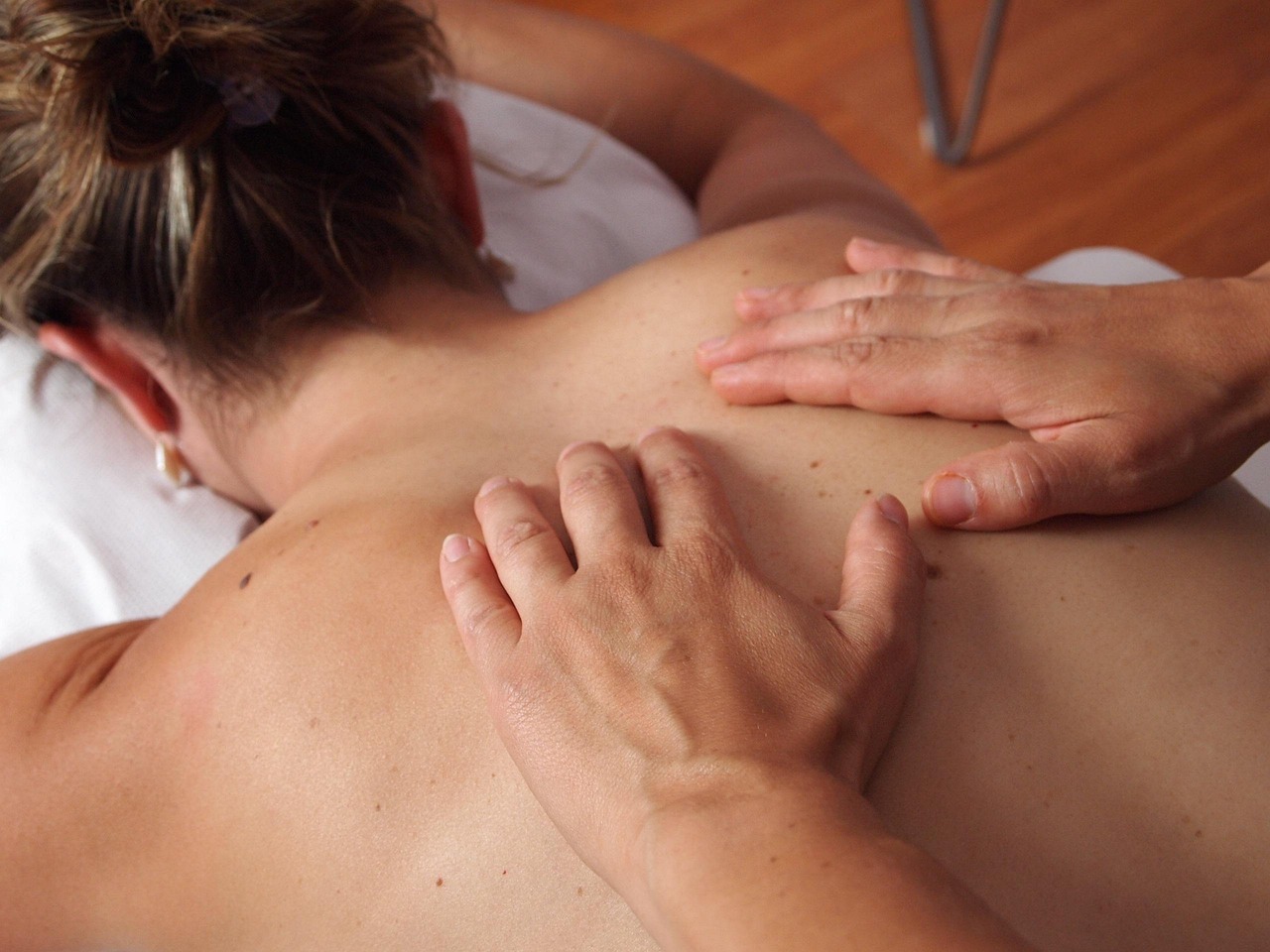This article explores the various health benefits of Asian foot massages, delving into their historical significance, techniques, and the positive effects they can have on both physical and mental well-being.
What is an Asian Foot Massage?
Asian foot massages are holistic therapies that have been practiced for centuries, focusing on specific pressure points in the feet. These techniques are believed to promote relaxation and healing throughout the entire body, making them a popular choice for those seeking both physical and mental rejuvenation.
Historical Significance of Foot Massages in Asia
Foot massages hold a significant place in Asian cultures, often intertwined with traditional medicine practices. Historically, they have been used not only for relaxation but also as a means to improve overall health and wellness. Ancient texts document their use in various cultures, highlighting their importance in maintaining balance within the body.
Traditional Techniques Used in Asian Foot Massages
- Acupressure: This technique involves applying pressure to specific points on the feet, which correspond to various organs and systems in the body. It is believed to promote energy flow and balance.
- Reflexology: Reflexology maps the feet to different body parts, suggesting that stimulating certain areas can alleviate pain and enhance health in corresponding regions.
Physical Health Benefits of Foot Massages
Foot massages provide numerous physical health benefits, including:
- Improved circulation
- Reduced muscle tension
- Enhanced flexibility
These benefits contribute to overall physical well-being, making foot massages a valuable addition to one’s health regimen.
Mental Health Benefits of Asian Foot Massages
In addition to physical advantages, Asian foot massages significantly impact mental health. They promote relaxation, reduce stress, and improve sleep quality.
- Stress Relief and Relaxation: The calming effects can help alleviate stress, providing a tranquil experience that enhances mental clarity.
- Improving Sleep Quality: Regular foot massages are linked to better sleep patterns, helping individuals fall asleep faster and enjoy deeper rest.
How to Choose the Right Foot Massage Technique
Selecting the appropriate foot massage technique depends on individual needs. Consulting with a professional therapist can personalize the experience, ensuring that specific health issues are effectively addressed. For those interested in self-care, various DIY techniques can be easily learned and practiced at home, providing relaxation and health benefits.
Potential Risks and Considerations
While foot massages are generally safe, certain individuals should consider potential risks. It’s advisable to consult healthcare professionals to ensure these therapies are suitable for specific health conditions.
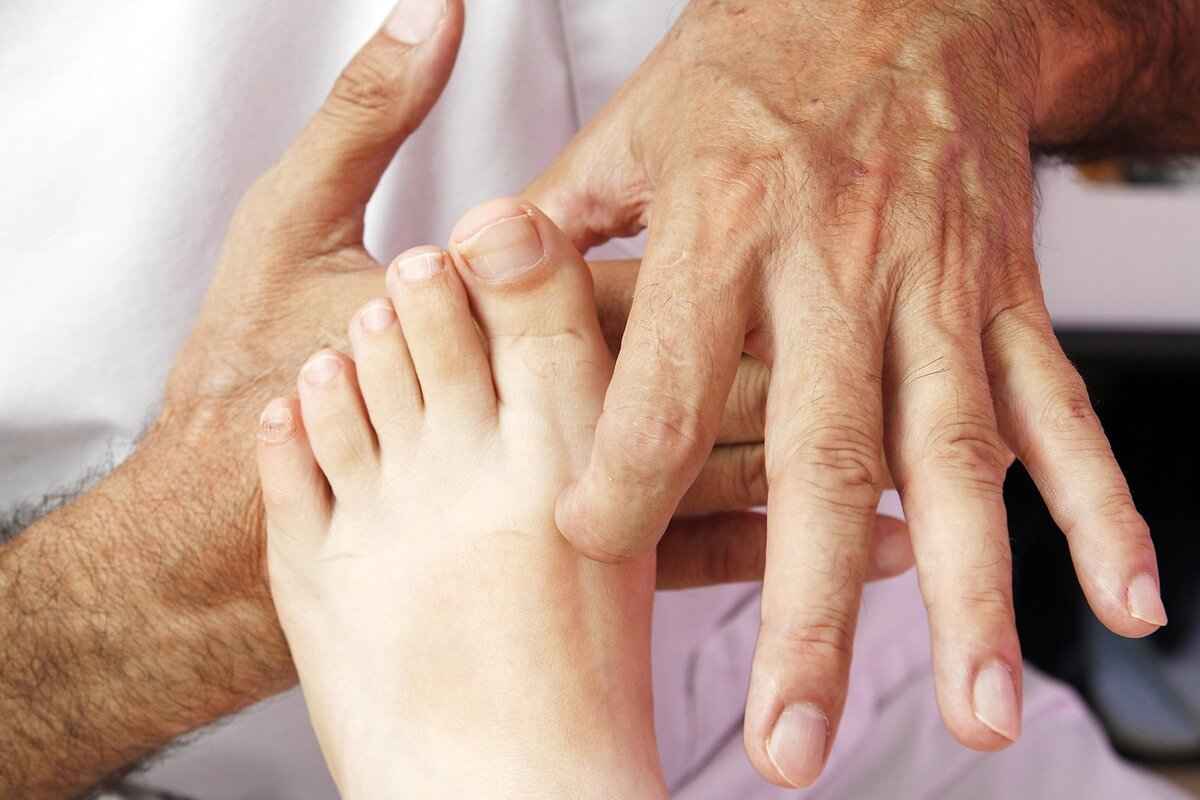
What is an Asian Foot Massage?
Asian foot massages are more than just a luxurious indulgence; they represent a profound holistic approach to health and wellness. Originating from ancient traditions, these therapies utilize targeted pressure on specific points of the feet to facilitate relaxation and promote healing across the entire body. By engaging with these vital pressure points, practitioners aim to restore balance and enhance overall well-being.
The practice of foot massage is deeply embedded in various Asian cultures, where it is often intertwined with traditional medicine. This historical significance underscores the belief that the feet are a microcosm of the body, where each area corresponds to different organs and systems. The ancient art of reflexology exemplifies this connection, mapping out the feet to reflect the body’s anatomy. When pressure is applied to these specific zones, it is believed to stimulate healing, alleviate pain, and improve health.
In addition to reflexology, acupressure is another technique commonly used in Asian foot massages. By applying firm pressure to designated points on the feet, acupressure helps to balance the body’s energy flow—known as Qi—and promote a sense of harmony and well-being. This method not only aids in relaxation but also addresses various health concerns, making it a versatile therapy.
Overall, Asian foot massages offer a unique blend of physical and mental health benefits. They are designed to improve circulation, reduce muscle tension, and enhance flexibility, while also providing a soothing escape from daily stressors. As individuals seek ways to enhance their health, understanding the intricacies of Asian foot massages can be a valuable addition to their wellness journey.
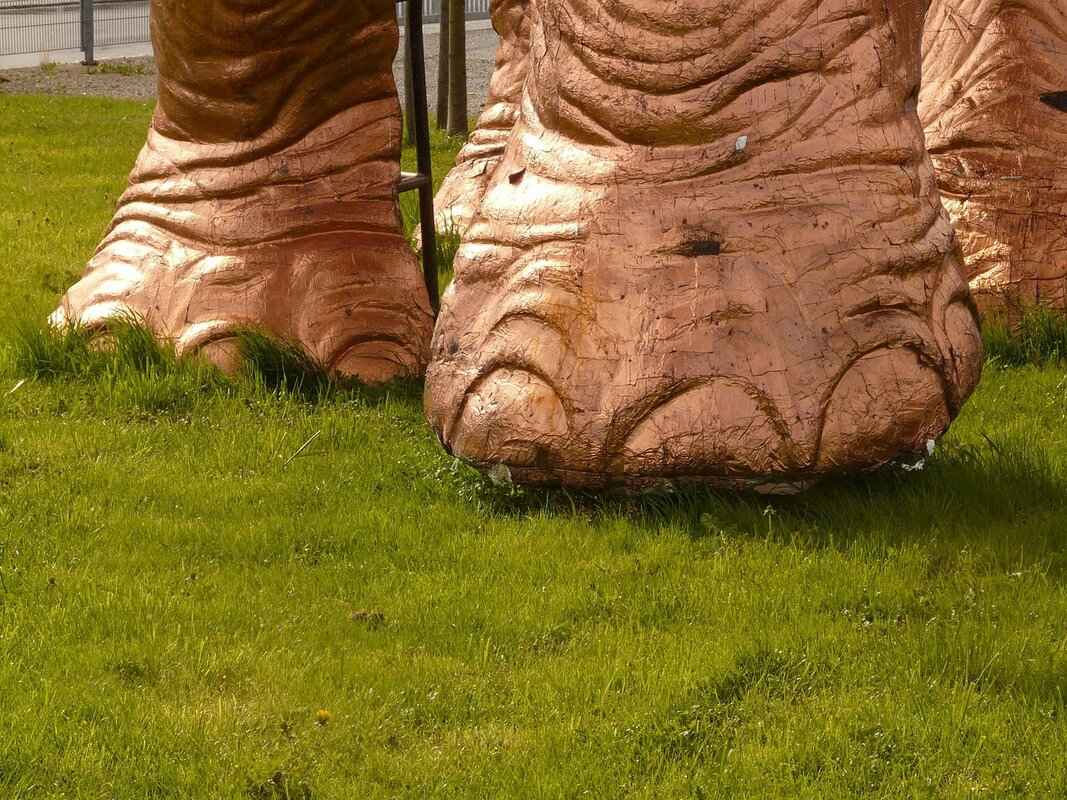
Historical Significance of Foot Massages in Asia
Foot massages are not merely a modern indulgence; they are steeped in a rich historical context within Asian cultures. These practices date back thousands of years, intertwining with traditional medicine systems that emphasize the significance of the feet as a gateway to overall health and wellness.
In ancient China, foot massages were integral to Traditional Chinese Medicine (TCM), where they were believed to stimulate the flow of Qi (energy) throughout the body. This holistic approach regarded the feet as a microcosm of the entire body, where various pressure points correspond to different organs and systems. Consequently, foot massages were not only a form of relaxation but also a therapeutic practice aimed at restoring balance and promoting healing.
Similarly, in India, the practice of Ayurvedic medicine incorporates foot massages as a means to harmonize the body’s energies and detoxify. The ancient texts of Ayurveda highlight the feet’s role in maintaining physical and mental health, emphasizing that proper foot care can lead to enhanced vitality.
Throughout Asia, foot massages have evolved into various forms, each with its unique techniques and philosophies. For instance, in Thailand, the traditional foot massage often includes a combination of stretching and acupressure, while in Japan, reflexology is practiced with a focus on specific pressure points. These diverse techniques reflect the cultural significance and the adaptability of foot massages across different regions.
Moreover, the importance of foot massages extends beyond individual health; they have become a communal activity, often enjoyed in social settings. This aspect highlights the cultural belief that nurturing one’s health can foster connections and strengthen relationships.
Today, as the world embraces wellness practices, the historical significance of foot massages in Asia continues to resonate, reminding us of their profound impact on both physical and mental well-being. Understanding this context enriches the experience of foot massages, transforming them from a simple luxury into a meaningful ritual.
Traditional Techniques Used in Asian Foot Massages
Asian foot massages are not just a luxury but a holistic approach to health and wellness. Within this ancient practice, various traditional techniques are employed to enhance physical and mental well-being. Among these, acupressure and reflexology stand out for their unique methodologies and health benefits.
Acupressure: A Pathway to Energy Balance
Acupressure is a technique that involves applying firm pressure to specific points on the feet. These points correspond to various organs and systems in the body, aiming to restore balance and promote energy flow. By stimulating these points, acupressure can help alleviate ailments such as headaches, digestive issues, and even emotional stress. The practice is deeply rooted in Traditional Chinese Medicine, where it is believed that blocked energy, or “Qi,” can lead to health problems. Regular sessions can enhance overall vitality and well-being.
Reflexology: Mapping Health Through the Feet
Reflexology takes a different approach by mapping the feet to represent different body parts. Each area of the foot is linked to specific organs, and by applying pressure to these zones, reflexology aims to relieve pain and enhance health in corresponding body regions. This technique not only promotes relaxation but also improves circulation and reduces tension. Reflexology sessions can be particularly beneficial for individuals suffering from chronic pain, anxiety, or fatigue.
- Improved Circulation: Both techniques enhance blood flow, which is essential for healing and overall health.
- Stress Reduction: The calming effects can lead to lower cortisol levels, promoting a sense of well-being.
- Pain Relief: Targeting specific points can alleviate discomfort in different parts of the body.
In summary, the traditional techniques of acupressure and reflexology in Asian foot massages provide a comprehensive approach to health, addressing both physical and mental needs. These methods not only enhance relaxation but also contribute to overall vitality, making them valuable practices for anyone seeking holistic wellness.
Acupressure: Balancing Energy Flow
Acupressure is a traditional healing technique that involves applying pressure to specific points on the feet, which are believed to correspond with various organs and systems within the body. This ancient practice is rooted in the principles of Chinese medicine, where it is thought that stimulating these points can help to restore balance and promote the free flow of energy, or “Qi”.
The concept of acupressure is based on the idea that our bodies have a network of energy pathways. When these pathways become blocked, it can lead to physical and emotional ailments. By applying pressure to designated points on the feet, practitioners aim to release these blockages, enhancing both physical health and emotional well-being.
Research has shown that acupressure may provide numerous health benefits. For instance, it can help alleviate chronic pain, reduce stress, and improve circulation. Individuals suffering from conditions such as headaches, digestive issues, or even anxiety have reported positive outcomes from regular acupressure sessions.
- Pain Relief: Targeting specific acupressure points can lead to significant reductions in pain levels.
- Stress Reduction: The calming effect of acupressure can help lower cortisol levels, promoting relaxation.
- Enhanced Circulation: Improved blood flow can lead to better nutrient delivery and waste removal in the body.
For those interested in exploring acupressure, it is advisable to consult a trained professional who can provide personalized guidance. However, many individuals also find success with self-acupressure techniques, which can be easily learned and practiced at home. By incorporating acupressure into your wellness routine, you can potentially enhance your overall health and vitality.
Reflexology: Mapping the Body
Reflexology is an ancient practice that connects the feet to various organs and systems in the body, creating a unique map that practitioners believe can enhance overall health. This technique operates on the principle that specific areas on the feet correspond to different body parts, and by applying pressure to these zones, one can stimulate healing and alleviate discomfort.
The foot reflexology map is divided into distinct zones, each linked to particular organs. For instance, the toes are often associated with the head, while the arch of the foot corresponds to the spine. By targeting these areas, reflexologists aim to promote better circulation, reduce tension, and improve the functioning of the corresponding body parts.
One of the primary benefits of reflexology is its ability to alleviate pain. Individuals suffering from chronic conditions such as migraines, arthritis, or back pain often report significant relief after reflexology sessions. The pressure applied to specific reflex points can help release endorphins, the body’s natural painkillers, leading to a reduction in discomfort.
Moreover, reflexology is not solely focused on physical ailments. It also plays a vital role in enhancing mental well-being. Many practitioners note that regular reflexology can help reduce stress and anxiety levels, contributing to an improved mood and emotional balance. This holistic approach addresses both the body and mind, making it a comprehensive therapy.
In addition to pain relief and mental health benefits, reflexology can also aid in improving overall health. By stimulating the body’s natural healing processes, reflexology may enhance immune function and promote detoxification, leading to a healthier, more balanced state.
Overall, reflexology serves as a powerful tool for those seeking to improve their health and well-being. By understanding the connection between the feet and the rest of the body, individuals can harness the benefits of this ancient practice to foster relaxation, alleviate pain, and promote holistic healing.
Physical Health Benefits of Foot Massages
Foot massages are not merely a luxury; they are a gateway to numerous physical health benefits that significantly enhance overall well-being. These therapeutic practices have been embraced worldwide, especially in Asian cultures, where they are deeply rooted in traditional medicine. One of the primary benefits of foot massages is improved circulation, which is essential for delivering oxygen and nutrients to various body parts. This enhanced blood flow can help reduce the risk of cardiovascular issues and promote faster recovery from physical exertion.
Another notable advantage is the reduction of muscle tension. The feet contain numerous pressure points that, when stimulated, can alleviate tension not only in the feet but also throughout the body. This can lead to a decrease in chronic pain and discomfort, making foot massages an effective remedy for those suffering from conditions like plantar fasciitis or general foot fatigue.
Additionally, foot massages can enhance flexibility and range of motion. By working on the muscles and tendons in the feet, these massages can help maintain elasticity and prevent stiffness. This is particularly beneficial for athletes or individuals with active lifestyles, as it can improve performance and reduce the likelihood of injuries.
Moreover, regular foot massages can contribute to better joint health. As the feet are foundational to the body’s structure, maintaining their health can positively impact the knees, hips, and lower back. This holistic approach to health underscores the importance of caring for our feet, as they play a critical role in our overall physical functionality.
In summary, the physical health benefits of foot massages extend far beyond mere relaxation. They encompass improved circulation, reduced muscle tension, enhanced flexibility, and better joint health, making them an essential practice for anyone seeking to enhance their physical well-being.
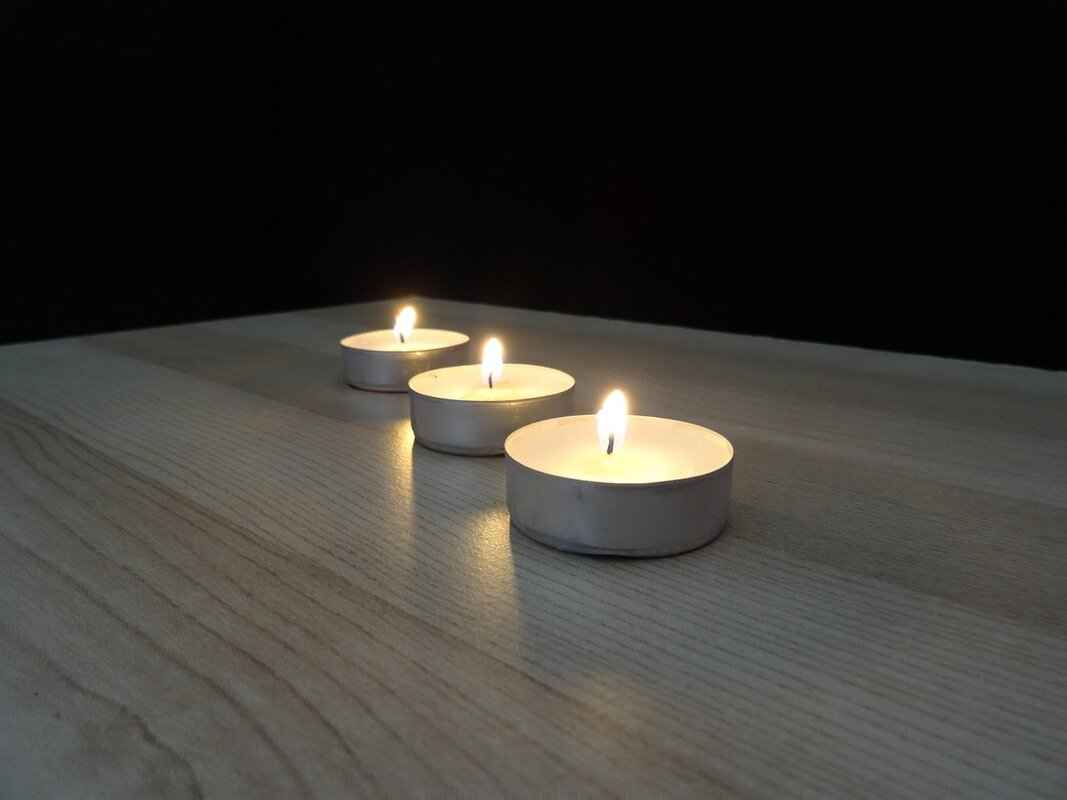
Mental Health Benefits of Asian Foot Massages
Asian foot massages are not only beneficial for physical health but also play a crucial role in enhancing mental well-being. The unique techniques used in these massages target specific pressure points that can stimulate relaxation and promote a sense of calm.
- Stress Reduction: One of the most significant mental health benefits of Asian foot massages is their ability to reduce stress. The gentle pressure applied to the feet helps to release tension accumulated in the body, leading to a profound sense of relaxation. This process can lower cortisol levels, which are often elevated during stressful times.
- Enhanced Mood: Regular foot massages can lead to an improvement in overall mood. The act of receiving a massage stimulates the release of endorphins, the body’s natural feel-good hormones, which can help combat feelings of anxiety and depression.
- Increased Mindfulness: The focused nature of foot massages encourages individuals to be present in the moment, fostering a sense of mindfulness. This practice can help individuals disconnect from daily stressors and cultivate a more peaceful state of mind.
- Improved Sleep Quality: Many individuals report better sleep patterns after receiving foot massages. The relaxation induced by the massage can help individuals fall asleep faster and experience deeper, more restorative sleep, which is vital for mental health.
Incorporating regular Asian foot massages into your self-care routine can lead to significant improvements in mental health. By promoting relaxation, reducing stress, and enhancing overall mood, these massages can serve as a powerful tool for achieving emotional balance and well-being.
Stress Relief and Relaxation
In today’s fast-paced world, the need for effective stress relief methods has become increasingly important. Among various relaxation techniques, Asian foot massages stand out for their profound ability to promote both physical and mental well-being. The calming effects of foot massages can significantly help in alleviating stress, providing a tranquil experience that fosters mental clarity and emotional balance.
Foot massages work on the principle of stimulating specific pressure points located on the feet, which are believed to correspond to different organs and systems in the body. By applying targeted pressure, these massages can release tension not only in the feet but throughout the entire body. This holistic approach allows individuals to experience a deep sense of relaxation that can lead to improved mood and reduced anxiety levels.
Moreover, the rhythmic motions and gentle kneading techniques used during foot massages create a soothing environment that encourages the body to unwind. This physical relaxation can trigger the release of endorphins, the body’s natural painkillers, which further enhances feelings of well-being. As stress levels decrease, individuals may find it easier to focus on daily tasks, leading to improved productivity and a more positive outlook on life.
In addition to immediate stress relief, regular foot massages can contribute to long-term mental health benefits. Many individuals report better sleep quality after incorporating foot massages into their self-care routines. Improved sleep not only enhances overall health but also plays a crucial role in emotional stability, making it easier to manage stressors when they arise.
Ultimately, the practice of foot massage offers a simple yet effective way to combat the stresses of modern life. By dedicating time to this nurturing form of self-care, individuals can cultivate a greater sense of peace and well-being, paving the way for a healthier, more balanced lifestyle.
Improving Sleep Quality
When it comes to enhancing overall well-being, the significance of sleep cannot be overstated. has become a focal point for many, especially as we navigate the stresses of modern life. One effective yet often overlooked method to achieve this is through regular foot massages.
Research indicates that foot massages can play a pivotal role in promoting better sleep patterns. By stimulating various pressure points on the feet, these massages not only relax the body but also help in reducing anxiety and stress levels, which are common culprits of sleep disturbances. The gentle manipulation of the feet can trigger the body’s relaxation response, leading to a decrease in heart rate and blood pressure, thus facilitating a smoother transition into sleep.
Moreover, foot massages have been associated with improved circulation. Enhanced blood flow can alleviate discomfort and tension in the body, making it easier to drift off into a peaceful slumber. As the body relaxes, the mind follows suit, allowing for a more profound and restorative sleep experience.
- Falling Asleep Faster: Regular foot massages can significantly reduce the time it takes to fall asleep, allowing individuals to enjoy the full benefits of a good night’s rest.
- Deeper Sleep Stages: By promoting relaxation, foot massages can help individuals achieve deeper stages of sleep, which are crucial for physical recovery and mental clarity.
- Enhanced Sleep Quality: The overall quality of sleep can improve, leading to waking up feeling more refreshed and energized.
Incorporating foot massages into your nightly routine can be a simple yet effective strategy for those struggling with sleep issues. Whether through self-massage techniques or professional treatments, the benefits extend beyond mere relaxation, making it a valuable practice for anyone seeking to enhance their sleep quality.

How to Choose the Right Foot Massage Technique
Choosing the right foot massage technique is essential for maximizing the benefits of this therapeutic practice. With a plethora of styles available, understanding your personal needs and preferences is crucial. Each technique offers distinct advantages tailored to various health concerns, making it important to consider what you aim to achieve through the massage.
- Assess Your Health Goals: Before selecting a technique, identify your specific health goals. Are you looking to relieve stress, improve circulation, or alleviate pain? Clarifying your objectives will guide you in choosing the most suitable method.
- Consider Your Comfort Level: Different techniques can vary significantly in pressure and approach. For instance, if you prefer a gentle touch, techniques like Swedish foot massage may be more appropriate, whereas if you’re comfortable with deeper pressure, reflexology could be beneficial.
- Research Various Styles: Familiarize yourself with different foot massage styles. Techniques such as Shiatsu, which focuses on applying pressure to specific points, or Thai foot massage, which incorporates stretching, each offer unique benefits. Understanding these differences can help you make an informed choice.
- Consult a Professional: Engaging with a trained therapist can provide personalized recommendations based on your individual needs. Professionals can assess your health conditions and suggest techniques that align with your wellness goals.
- Explore DIY Options: If visiting a therapist is not feasible, consider learning some basic foot massage techniques at home. Simple methods can be effective for relaxation and can be tailored to your comfort level.
Ultimately, the right foot massage technique will depend on a combination of your health goals, comfort level, and personal preferences. By carefully considering these factors, you can enhance your overall experience and enjoy the numerous benefits that foot massages offer.
Consulting with a Professional Therapist
When it comes to enhancing the overall experience of Asian foot massages, is essential. A skilled therapist brings a wealth of knowledge and expertise, allowing for a more personalized massage experience. This personalized approach ensures that the techniques employed are tailored to address specific health issues effectively.
Professional therapists are trained to understand the intricate connections between the feet and the rest of the body. They utilize various methods, such as reflexology and acupressure, to target specific pressure points that correspond to different organs and systems. This targeted approach can significantly enhance the therapeutic benefits of the massage.
Moreover, a professional therapist can conduct an initial assessment of your health history, helping to identify any underlying conditions that may require special attention. This assessment allows them to customize the massage techniques to suit your individual needs, ensuring a more effective treatment plan. For instance, if you suffer from chronic pain or stress, the therapist can focus on areas that provide relief and promote healing.
Additionally, engaging a professional ensures that you receive the correct pressure and techniques, which can be challenging to achieve through self-massage. The therapist’s hands are adept at applying just the right amount of pressure to stimulate circulation and alleviate tension without causing discomfort.
In summary, working with a professional therapist not only enhances the massage experience but also maximizes its health benefits. By personalizing the treatment to your unique needs, a therapist can help you achieve optimal relaxation and address any specific health concerns effectively.
DIY Foot Massage Techniques
For those seeking self-care, various can be easily learned and practiced at home, offering relaxation and health benefits without the need for a professional. These techniques not only provide a soothing experience but also promote overall wellness.
Here are some effective DIY techniques that you can incorporate into your daily routine:
- Basic Foot Rub: Start by applying a small amount of lotion or oil to your hands. Gently rub the tops and bottoms of your feet, focusing on the arches and heels. This simple technique helps to relieve tension and improve circulation.
- Thumb Pressure Technique: Using your thumbs, apply firm pressure to the balls of your feet and the base of your toes. This method targets specific reflex points, promoting relaxation and alleviating stress.
- Rolling Massage: Utilize a tennis ball or a foot roller. Place it under your foot and roll it back and forth. This technique helps to release tight muscles and improve flexibility.
- Warm Water Soak: Soak your feet in warm water mixed with Epsom salts for 15-20 minutes. This not only relaxes the muscles but also detoxifies the body.
- Stretching Exercises: Incorporate simple foot stretches, such as flexing and pointing your toes, to enhance flexibility and reduce stiffness.
These DIY techniques can be easily integrated into your daily routine, providing a sense of relaxation and well-being. Regular practice can lead to significant improvements in both physical and mental health.
Moreover, engaging in self-massage allows you to connect with your body, fostering a sense of mindfulness and tranquility. So why not take a few moments each day to pamper your feet? Your body will thank you for it!
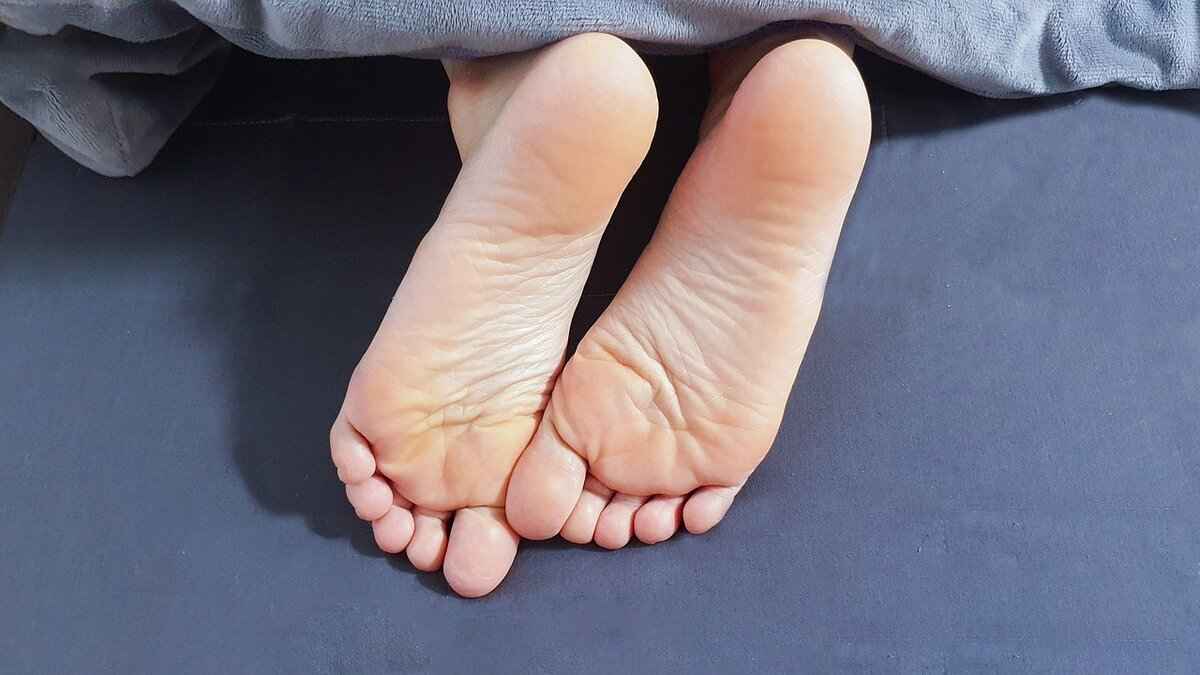
Potential Risks and Considerations
When it comes to the practice of Asian foot massages, it is essential to recognize that while these therapies offer numerous benefits, there are also potential risks that certain individuals should consider. Foot massages are generally safe for most people, but specific health conditions may warrant caution. Consulting with healthcare professionals is a prudent step to ensure that these therapies are suitable for one’s unique health situation.
Individuals with diabetes, for example, may experience complications related to circulation and nerve damage. As such, they should seek professional guidance before engaging in foot massage therapies. Additionally, those with vascular disorders or blood clotting issues may be at risk of exacerbating their conditions due to increased circulation and pressure applied during massages.
Pregnant women should also approach foot massages with care. While many find relief through these treatments, certain pressure points may trigger contractions or other complications. Therefore, it is advisable for expectant mothers to consult their healthcare provider before indulging in foot massages.
Moreover, individuals with existing foot injuries or skin conditions should avoid foot massages as they could worsen their symptoms. Conditions such as fungal infections or open wounds may lead to further irritation or infection if subjected to pressure.
In summary, while foot massages can be a delightful and beneficial experience, it is vital to remain aware of one’s health status. Engaging in open discussions with healthcare professionals can provide clarity and ensure that the chosen massage techniques align with personal health needs. By taking these precautions, individuals can safely enjoy the numerous benefits that Asian foot massages offer.
Frequently Asked Questions
- What are the main benefits of Asian foot massages?
Asian foot massages provide a plethora of benefits, including improved circulation, reduced muscle tension, and enhanced relaxation. They also promote mental clarity and emotional balance, making them a holistic approach to wellness.
- How often should I get a foot massage?
While it varies from person to person, many find that a weekly foot massage can significantly enhance their overall well-being. However, even a monthly session can provide noticeable benefits, especially if you’re dealing with stress or physical discomfort.
- Can I perform foot massages on myself?
Absolutely! DIY foot massage techniques are simple to learn and can be done at home. Just a few minutes of self-massage can help you unwind and reap the health benefits.
- Are there any risks associated with foot massages?
While foot massages are generally safe, individuals with certain health conditions, such as diabetes or circulatory issues, should consult a healthcare professional before indulging in foot massages to ensure they are appropriate for their situation.
- What should I look for in a professional foot massage therapist?
When choosing a therapist, look for qualifications and experience in Asian foot massage techniques. Personal recommendations and reviews can also guide you to find someone who can tailor the session to your specific needs.

